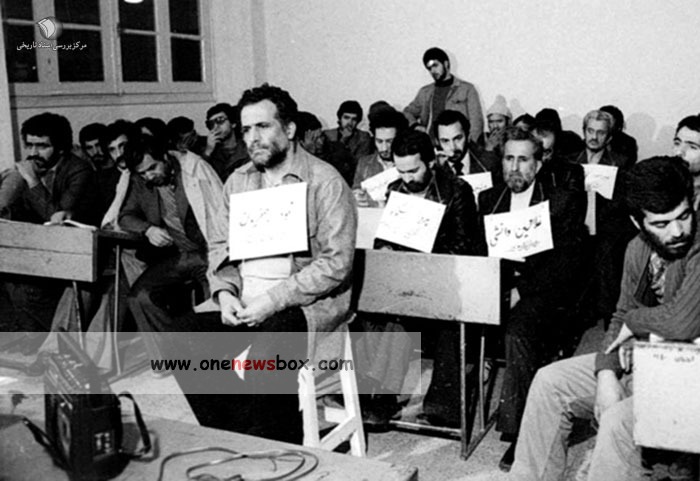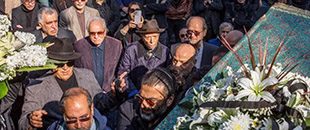His execution, once hailed by revolutionaries as a just act, now stands as a case study in the dangers of revolutionary excess. In particular, the conflicting narratives—between accusations of oppression and later admissions of legal impropriety—expose the volatile mix of ideology and vengeance that characterized the Islamic Republic’s formative months.
Conclusion: A Man of His Time, a Victim of the Storm
Mahmoud Jafarian’s life and death illustrate the turbulence of Iranian history in the 20th century. He was a man who rose within a centralized, authoritarian state by mastering its instruments—media, propaganda, and party politics. Yet those very tools became the means by which he was vilified and executed once the political tide turned.
His execution, devoid of clear evidence and due process, challenges our understanding of justice in revolutionary contexts. For historians, his life offers a window into how the Pahlavi regime operated and how its operatives navigated the tensions between modernization, control, and dissent. For political scientists, his case is a cautionary tale about the fragility of political legitimacy and the human costs of abrupt regime change.
More than four decades later, Mahmoud Jafarian remains a figure not of admiration or even infamy, but of tragic ambivalence—a man caught in history’s gears, honored by none, remembered by few, but illustrative of an era that continues to shape Iran to this day.

